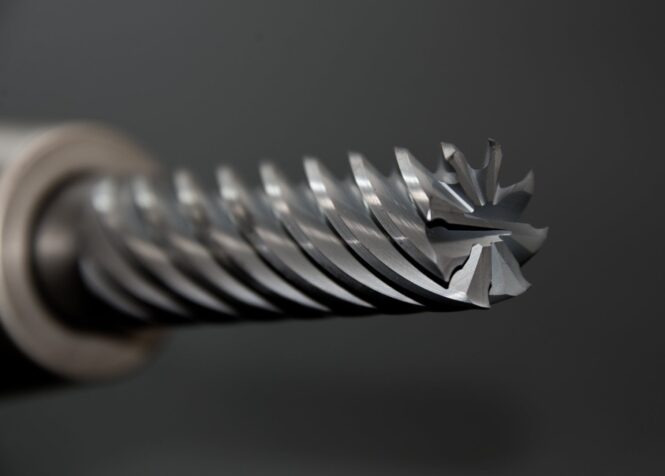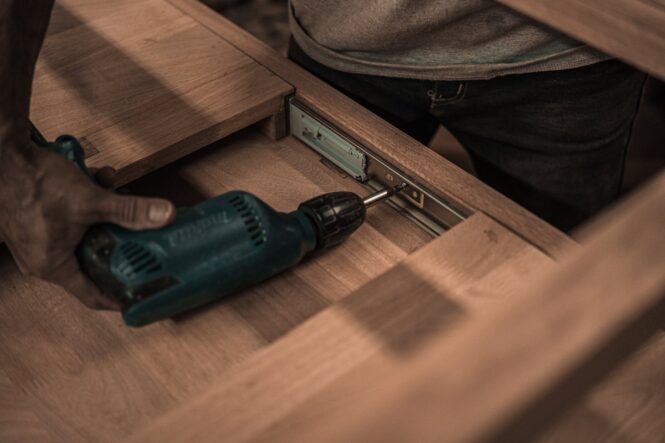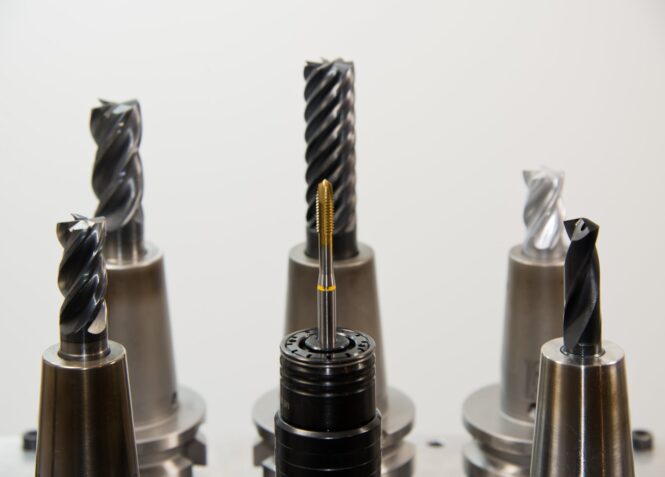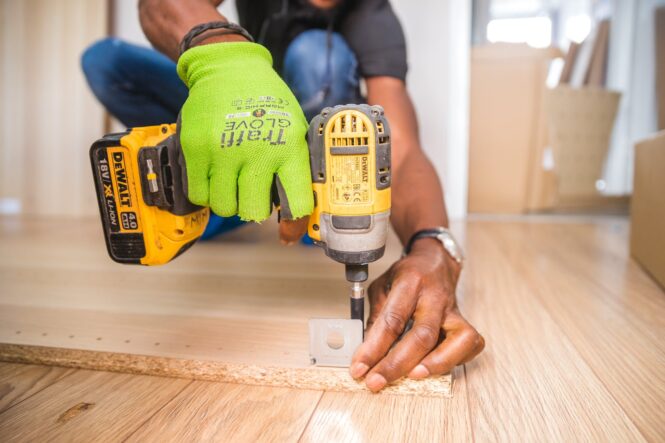When thinking about home improvement, or just about buying tools, one of the most common things people think about is the drill. This powerful tool has a wide variety of applications, and it can be used for numerous projects. Whether you’re a professional or a DIYer, the drill is not something to ignore.
So, what do you think about when you hear the word “drill?” Do you think about your neighbor waking you up early on the weekends? Do you think about its power and versatility? Or do you think about the finer details, like what bits to use? Because that’s what we’ll be focusing on today. Drill bits are just as important as the drill itself.
They are, after all, what you’ll be using to bore through surfaces. However, it can sometimes be hard to choose the right ones for your project, especially if you’re a beginner. Go to any hardware or home improvement store, and you’ll find countless types of drill bits to choose from. Today we’ll be going through the major ones and what you can use them for.
Drill bit materials and why they matter
Before we get into the actual drill bit types, it is important to note what metal the drill bits are made out of. In short, some of these metals are better for wood, while others are better for concrete or drilling through metal. For a detailed analysis of different brands’ quality of drill bits, you can visit Drilling Advisor.

Carbon steel bits
These are specifically designed to drill through wood. Do not use them to drill through metal because they will overheat and possibly break.
High-Speed Steel (HHS)
These bits are suitable for working on wood, soft metals, and fiberglass. They withstand heat much better than carbon steel bits because they are made from a combination of alloy metals and tungsten or molybdenum.
Titanium HHS bits
These are similar to the previous bits; however, they feature a thin titanium coating that helps them stay sharper and reduces friction significantly. You can use them on the same materials as standard HHS bits plus hard plastics and soft metals, such as lead and aluminum.

Black oxide HHS bits
These are perfect if you need to work in humid or wet environments. They feature a protective coating that shields them from corrosion and rust. You can use them on some of the most common surfaces, such as wood, thin metal, fiberglass, and even soft plastic.
Cobalt drill bits
If you want something to drill through almost any type of metal, including stainless steel and aluminum, these bits are the ones for you. Manufacturers make them by combining steel alloy with cobalt.
Tungsten carbide drill bits
If you need something specific to drill through ceramic tiles and use for masonry, these bits are your best bet. However, their hardness also comes at a price. They are more prone to breaking than HHS bits, although they are, theoretically, more powerful.
Drill bit types

Now let’s focus on the types of drill bits and what specific tasks you can use them for.
Brad-point drill bits
If working on wood and being speedy about it is your primary goal, this is your go-to type of drill bit. They have a sharp spur on the tip, and spiral grooves on the sides. Thus, they expel wood chips from the hole right as you’re drilling.
Twist drill bits
The twist drill bit is considered standard. It has a certain similarity to the brad-point, in the sense that it also has a pointy cutting tip and fluted sides to remove waste while you’re drilling. You can use this bit to work on wood, thin metal, and plastic.
Countersink drill bits
This is more of a specialty drill bit. It’s used to insert fasteners deep enough so that their heads don’t protrude above the surface of the material. They are used primarily for woodwork to create pilot holes.

Forstner drill bits
Often used for high-end furniture, these bits feature a similar tip spur to the brad-point bits. However, their body is designed to drill flat-bottomed holes that can hold dowels instead of screws.
Spade drill bits
First off, you should note that some people call these “paddle bits.” They are designed to cut large holes of up to a diameter of 1.5 inches. You can use these bits on wood studs to drill holes for running wires across or even pipes.
Hole saw drill bits
These come in two pieces: the bit itself and the shaft that attaches to the drill. The bit has sharp, saw-like teeth, and it’s used mainly for drilling through wood, thin plastic, and ceramic tile.
Step drill bits
These bits are pyramid-shaped, and their main goal is to enlarge existing holes in thin material. They can be used on sheet metal and sheet plastic, and manufacturers often label the steps of the bit, so you will always know what size hole you’re about to drill. In case you don’t have countersink bits, these are generally a suitable replacement.
Choosing the right size

Most bits found in the USA are labeled by fractions of inches. The standard sizes go from 1/16th of an inch up to an inch. The smaller the hole you want to drill, you should go for the bigger the number that comes after the slash. It might seem counterintuitive if you haven’t done math problems in a while, but you’ll quickly get used to it.
Final thoughts
You wouldn’t use winter tires on your car during the summer. So don’t use the wrong drill bit for the wrong job. Take the time to plan out all your projects carefully, and then purchase the appropriate bits and other accessories that you’ll be using.
You should also make sure that your drill’s speed and torque are appropriate for the type of drill bit and the surface you plan to use them on. Hard surfaces usually require more torque and less speed, while softer surfaces require the exact opposite.
 Imagup General Magazine 2024
Imagup General Magazine 2024



